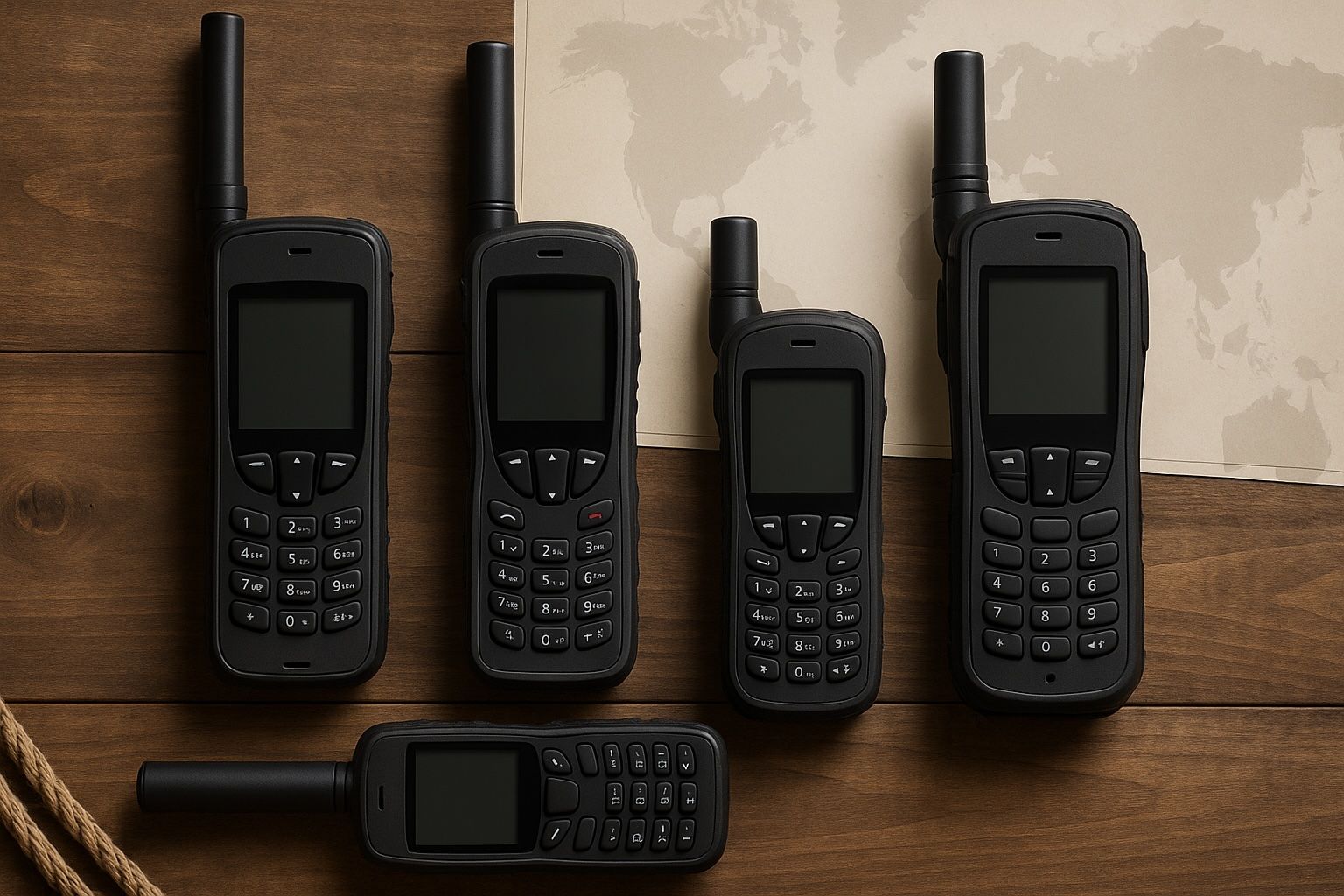
Direct-to-Cell Revolution: What It Is and When It Will Work in Your Country
In August 2022, SpaceX and T-Mobile announced a partnership to add Direct-to-Cell texting via Starlink satellites, enabling roaming coverage for remote areas using SpaceX’s constellation. SpaceX launched the first Direct-to-Cell–equipped Starlink satellites in early 2024, and by mid-2025 there were

